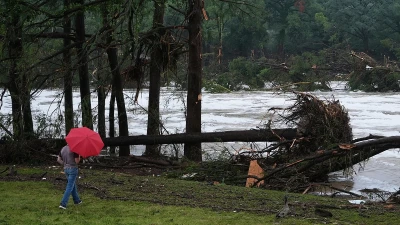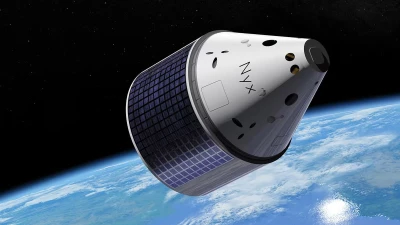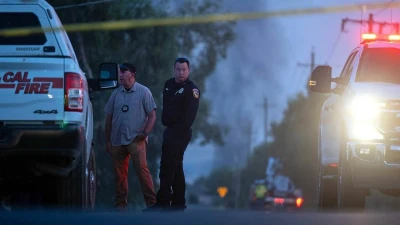An asteroid the size of a house was being watched carefully this morning by astrophysicists as it hurtled “damn close” to Earth.
The large space rock, named 2012 TC4, was first spotted five years ago by the Pan-STARRS telescope at the Haleakala Observatory, in Hawaii, before disappearing as it orbits the sun. It then reemerged in July on a trajectory well inside our lunar orbit.
Scientists said the asteroid swung by Earth about 6:42am BST, passing over Antarctica, and posed no threat.
However it did present space agencies with a rare opportunity to test the planet’s space defences and wargame what they would do if a larger, more threatening asteroid was detected heading straight for Earth.
How close did TC4 come to Earth?
TC4 is between 50 to 100ft in diameter and travelling through space at roughly 16,000 mph - 4.5 miles a second. It is past within 27,000 miles of Antarctica.
This may sound like a long way away, yet it’s a short distance in planetary terms and around one eighth of the distance between the Earth and the Moon. It is also just above the distance our satellites orbit.
Rolf Densing, who heads the European Space Operations Centre in Darmstadt, Germany said: “It's damn close. The farthest satellites are 36,000 kilometres [22,000 miles] out, so this is indeed a close miss.
“TC4 poses absolutely no threat to the planet, but it does afford a chance to test our asteroid tracking and space defence capabilities”.
Has Earth been struck before?
Earth has been struck by asteroids and meteors repeatedly over its 4.5 billion year lifespan, however the chances of a serious incident happening again in our lifetime are remote.
The most famous event was the sixty mile-wide asteroid that struck the coast of Mexico around 65 million years ago and is thought to have lead to the extinction of the dinosaurs. But there have been more recent, less dramatic examples.
Meteor over Chelyabinsk Russia in 2013
The closest event in living memory happened when a meteor came crashing through the atmosphere in the skies above Chelyabinsk, in central Russia. As opposed to an asteroid, which is a solid chunk of rock, meteors are small clusters of space debris that burn up and turn into a fiery streak when they hit the atmosphere.
The explosion was estimated to have had a force greater than 30 Hiroshima nuclear bombs, according to Nasa scientists, and the shock wave was so powerful it travelled twice around the world.
The 1908 Tunguska event
The largest recorded asteroid incident is the 1908 Tunguska event in Russia. Eyewitness reports from the time are sparse as the event was not properly investigated until 19 years after it happened. Reports from the time say a fireball believed to be between 160ft and 330ft wide hit an area of remote Siberian forest near the Podkamennaya Tunguska river.












Yorumlar
Kalan Karakter: